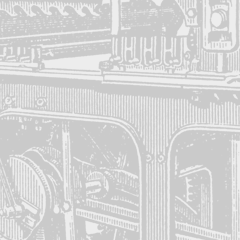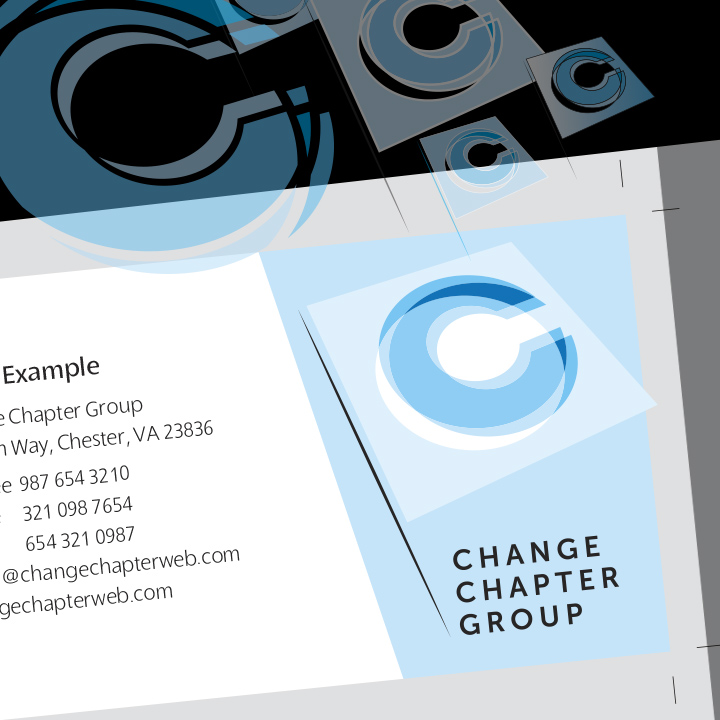I got this question from another designer recently: “My client requested a logo design. She filled in my design brief questionnaire, I presented a few concepts, and we went through three rounds of concepts, variations, and tweaking. They were not sure of any of the designs and finally backed off. Though I did get an advance, it did not come close to covering the time I invested in the project. How do you handle this type of situation?”
Whether you charge a few hundred dollars or a few hundred-thousand dollars, the great conundrum of logo design is this: If you can’t provide the client with a mark that they are excited about and invested in you haven’t done your job. It is that simple.
Designing a logo is a responsibility that should not be taken lightly. Remember, we’re asking the client to build their organization on a framework that we provide—to adopt our ideas, our style, our palette, and to identify themselves with that brand for years, even decades to come. If we ask for that type of commitment from them, it seems entirely reasonable (to me) for them to be excited and energized by what we design.
That type of commitment does not come cheap. You cannot learn what needs to be learned and do what needs to be done in a few hours. I have no idea how many hours my friend budgeted to create the logo, but my advice to him is this: Charge what is necessary to deliver a compelling solution or turn the job down—you owe that to your client and your client owes that to you.
Logo design requires a commitment from both sides to see it through to its end. That means you need to charge enough to do the research necessary to understand the client’s industry, their competition, and to clearly understand where they fall within that landscape—enough to create a design that not only speaks to those issues but that aligns with the aesthetic and intellectual sensibilities of the people within the organization who will be living with it. That’s a lot of people to satisfy, but that’s why logo design is not for the faint of heart.
How do you avoid my friend’s problem? By making everything crystal clear up front. Some designers prefer a formal contract, some a letter of agreement, others just a few paragraphs in an e-mail before the job begins—whatever you choose, choose something. If you wait until you are in the heat of the project to address difficulties, you’re going to get bruised.
Here are a few examples of such agreements.
The Graphic Artist Guild’s Letter of Agreement…
The AIGA’s Standard Form of Agreement for Design Services…
Of course you can’t beat seeing what a real working document looks like…
You might also be interested in my Design Constitution…
Revised JUNE 2018 / Chuck Green is the principal of Logic Arts, a design and marketing firm, a contributor to numerous magazines and websites, and the author of books published by Random House, Peachpit Press, and Rockport Publishers. Contact.




This is a great article, one that I truly believe. So many young designers think they can design a logo but in reality they just don’t know the science behind it. Color, balance, space and shape all play an important role in a great logo design. I also think that most designers limit their creativity coming up with ideas to one or two concepts and barely scratch the surface of creative thinking and brain storming one has to do. Thanks for sharing this article with us.
I think the only way to handle this is with boldness; of course you might lose some clients in the process. Tell them that you will charge them for all the time, concepts etc. through the proof stages where they are supposed to sign off on the final design concept. Hard to do but if you have the rep, they should have to wake up to the reality that you are no different than the lawyer or the Dr. They charge you whether they win the case or the surgery is a success. Design might be life or death but the client must learn that design does has a very tangible effect and is not merely a bit of decoration that catches the eye.
It sounds as if you are saying we should charge for the project whether the client ends up with something they want to use or not. My point is that–in the case of logo design–you need to charge enough that you can commit to delivering something the client is excited about–no matter what.
I understand that in rare cases we will run across a nut we simply can’t crack–but that should be rare enough that our general work flow covers it.
True but I don’t think it has anything to do with youth or experience. I know plenty of young designers who dig deep and experienced ones who don’t know what a shovel looks like.
Dill Cole brought me a Rosemarie Reed bikini bathing suit back in the mid 60s. Both of us were working at Hallmark Cards in the contemporary design department. Dill was so sweet. I’ve thought of him often. Just googled him and I hope this messages gets to him from Excelsior Springs MO. Jane McCollough-Hoffman